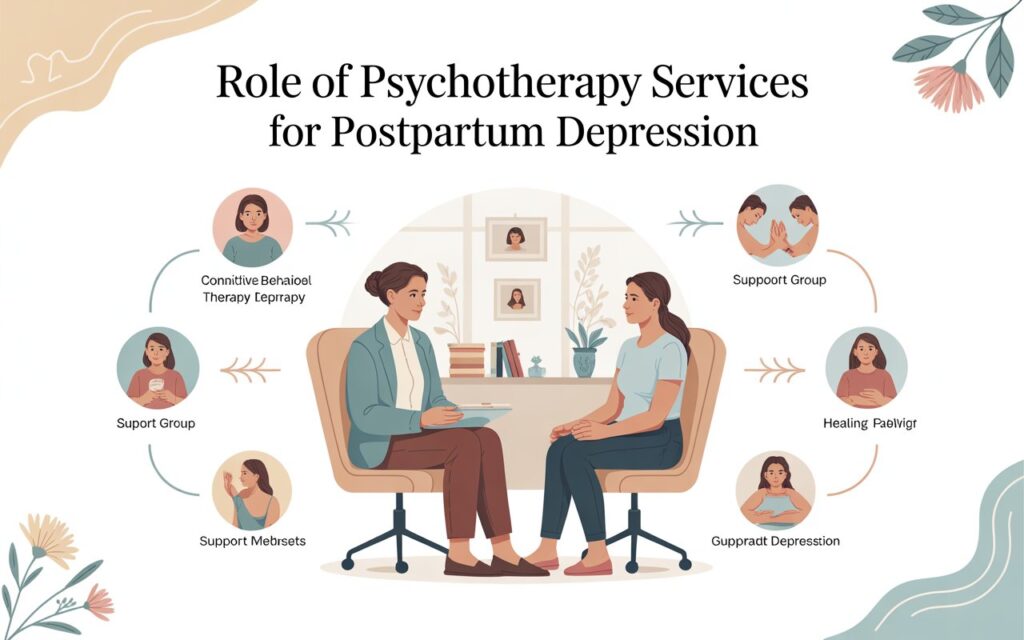Typhoid fever is a chronic illness caused by a bacteria called Salmonella Typhi. It spreads through contaminated food or water and can become dangerous if not treated immediately. Knowing the 4 stages of typhoid fever can help in early diagnosis and treatment, which is important for a complete recovery.
In this blog, the leading internal medicine doctor in Gurgaon at Miracles Mediclinic provides expert insight into the different stages of typhoid fever, the symptoms at each stage, and when to see a doctor.
Stage 1: Early Stage (Week 1)
This stage usually starts 6 to 30 days after exposure to the bacteria.
Common symptoms:
- Low-grade fever (around 100–101°F)
- Weakness and fatigue
- Headache
- Dry cough
- Loss of appetite
- Body ache
Many people ignore these signs as they seem like a normal viral fever or flu. But if the symptoms continue for more than 3–4 days, it is important to consult a doctor.
Stage 2: High Fever Stage (Week 2)
If not treated in the early stage, the infection progresses and becomes more severe.
Symptoms in Stage 2:
- High fever (can go up to 104°F)
- Abdominal pain
- Diarrhea or constipation
- Skin rash with small pink spots
- Swollen belly
- Mental confusion or restlessness
During this stage, the bacteria start affecting the intestines. This is a critical stage, and the patient should receive antibiotic treatment as soon as possible to avoid complications.
Stage 3: Complication Stage (Week 3)
If the infection is still not treated, it can lead to serious health issues.
Possible complications:
- Intestinal bleeding
- Perforation (hole in the intestines)
- Severe dehydration
- Very low blood pressure
- Delirium
The patient may seem very weak, and lie still with eyes half-closed. Hospitalization is usually required in this stage.
Stage 4: Recovery Stage (Week 4 and beyond)
With proper treatment, most patients start to recover by the fourth week.
Recovery signs:
- Gradual drop in fever
- Improved appetite
- More energy and reduced weakness
- Return of normal bowel movements
Even after symptoms go away, it is important to complete the full course of antibiotics to make sure the bacteria are fully cleared from the body.
Typhoid Fever Treatment
1. Antibiotics
Doctors prescribe antibiotics to kill the bacteria. Always take prescribed antibiotics and don’t forget to complete its full course.
2. Fluids
Typhoid causes dehydration, especially with diarrhea. Patients should drink:
- Boiled or filtered water
- ORS (Oral Rehydration Solution)
- Coconut water or light soups
3. Rest
Complete bed rest is essential to help the body recover faster.
4. Hospitalization
In severe cases, where there are complications like intestinal bleeding or high fever, the patient may need:
- IV fluids
- Antibiotics via injection
- Close monitoring
When to See a Doctor?
You should see a doctor immediately if you or a loved one has:
Fever lasting more than 3 days
- Severe stomach pain
- Blood in stool
- Unusual skin rash
- Confusion or drowsiness
Early treatment can help prevent complications.
Conclusion:
Typhoid fever can be dangerous if left untreated, but knowing the 4 stages of typhoid fever helps in early detection and proper care. If you notice symptoms lasting more than a couple of days, consult an internal medicine doctor near you









